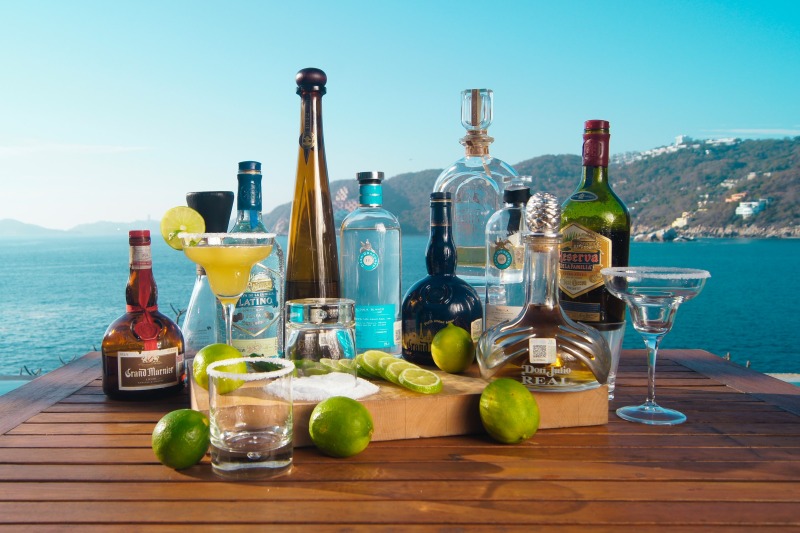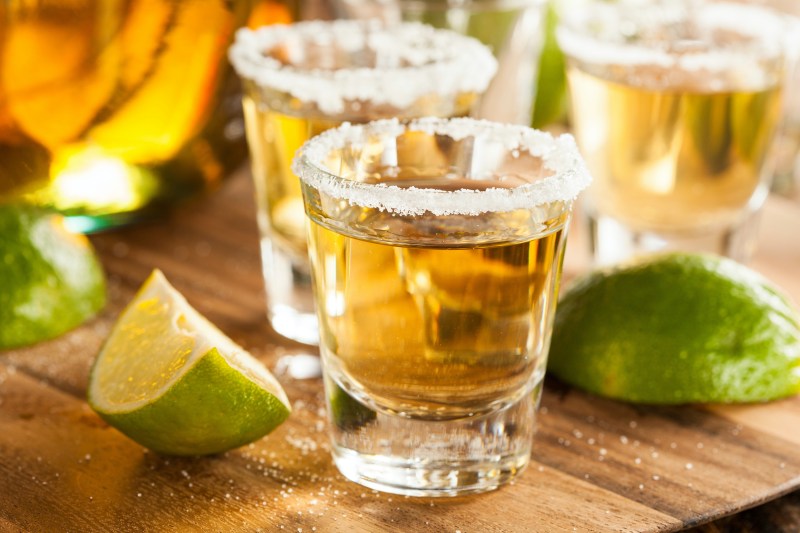
While tequila is often labeled as the go-to liquor for shots and as the main ingredient in margaritas, it shouldn’t be limited to just those uses, as there is so much more to this complex agave-based spirit.
Too many people have blurry memories of nights fueled by cheap tequila. And they remember the after effects of those budget tequilas that are often known as mixtos, tequilas that contain at least 51% blue agave, but also contain other ingredients that can lead to some rough mornings after a wild night out. Real, 100% blue agave tequilas, however, are one of the easiest drinking spirits and the best tequila can even have some of the most creative flavors without all that added sugar.
Whether you’re looking for something to make a margarita, whip up another cocktail, or enjoy as a sipper, tequila can be so much more than just a party drink.

What is tequila?
First of all, tequila must come from the juice of the blue agave plant, which is only found in Mexico. While the best tequilas will be made with 100% agave, and will prominently say that on the label, as we said above, some tequilas known as mixtos, can contain as little as 51% agave. These tequilas don’t usually advertise that on the label, but it’s easy to tell if a bottle of tequila is a mixto. If it doesn’t say “100% agave” on the label, then it’s a mixto, which will have added sugars and other additives.
You can also tell how long a tequila has been aged by checking the label. Here’s how to tell:
- If it’s marked “blanco,” it’s a clear tequila aged less than 60 days.
- If it’s a “reposado,” it’s been aged in oak barrels for at least two months.
- Tequila labeled “añejo” is aged in oak or bourbon barrels for at least a year.
- “Extra añejo” tequila has been aged over three years.
With all that in mind, here are some of the best top-shelf tequilas (and there are no mixtos on the list) between $50 and $100.

Best tequilas under $60
Milagro Barrel Reserve Silver – around $50
With a beautiful bottle that features a piña blown into the bottom, Milagro Barrel Reserve is a silver tequila with depth. After distillation, it spends around a month in French and American Oak barrels before bottling. This results in a fresh, agave-forward spirit that is great on its own.

Casamigos – around $55
Fun fact: This brand was formerly owned by George Clooney. Oh, but the tequila is good, too. While Casamigos blanco often finds itself under $55, the brand’s reposado (usually around $70; features hints of caramel and cocoa ) and añejo (usually around $75; more spicy and oaky) options can both be counted among the great value tequilas that are priced over $50.

KAH Tequila Reposado – around $55
This tequila’s fire-eyed skull bottle is a perfect representation of the strength of the vanilla and caramel accompanying the agave character. Awesome flavors and packaging aside, KAH‘s reposado comes in at 110 proof following a 10-month stint in French Limousin Oak casks.

Best tequilas between $60-$99
Casa Sauza Tequila Fortaleza Blanco Still Strength – around $60
Handmade by the Sauza family, Tequila Fortaleza boasts several decades of heritage (five generations, to be exact). The Sauza brand was sold in 1976, but the family continues its craft today. The Still Strength version of Fortaleza’s Blanco varietal boasts an intense vegetal profile with earthy notes of butter, olive, and black pepper. Since it comes straight from the still, it also has a higher ABV.

El Tesoro Añejo – around $60
Made by crushing the agave with a large volcanic stone wheel known as a tahona and then aged between two and three years, El Tesoro’s Añejo is sweet and smooth — perfect for sipping on any occasion. Floral characteristics on the front melt into sweet cooked agave and a hint of spice.

Maracame Tequila Añejo – around $60
The makers of Maracame, Casa Camarena, have more than 250 years of tequila-making experience. Aged for 18 months in American Oak barrels, the añejo varietal is a full-bodied spirit reminiscent of a whiskey. Dried fruits, pepper, and cola are some of the flavors you can expect from this tequila, which has received several accolades from the industry.

Tequila Código 1530 Rosa – around $65
The rosé trend is here to stay, and Código’s Rosa hits all the high notes. Aged one month in uncharred Napa Cabernet French White Oak barrels, this unique tequila leads with the usual agave flavor you find in a blanco with a hint of floral notes. Check out our full tequila review for more information.

Best tequilas for $100
Casa Noble Single Barrel Reposado – around $100
While you may be more familiar with single-barrel bourbons or Scotch whiskies, Casa Noble has its own iteration, which is aged in French Oak for 364 days (one day short of being considered an añejo, which they also have in single barrel form) before bottling. This produces a rich tequila experience that is unlike many others out there.

Clase Azul Reposado – around $100
We won’t kid you, Clase Azul’s bottle steals the show — individually sculpted and painted by hand, how could it not? What’s on the inside, though, is also a great experience. Aged for eight months, their reposado tequila is silky and smooth, with oak, vanilla, and toffee flavors that blend well with the cooked agave.
Editors' Recommendations
- Midleton releases its oldest whiskey to date — here’s how much it costs
- Secrets revealed: Easy ways to elevate your cocktail game from a pro mixologist
- How to make a mojito: The ultimate cocktail recipe
- The 8 best hot dog topping alternatives you need to try
- The 5 best vegetarian and vegan dishes to try right now




